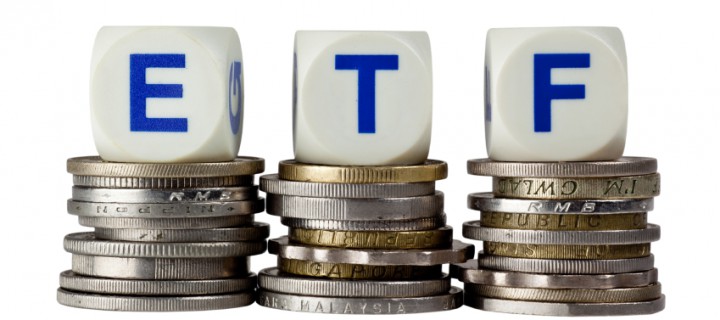An ETF Bubble?
01 Dec 2019 . Category:
Investment
Investment

The main argument for ETFs is guaranteed market hugging performance and low cost fees. While an active manager might charge 1.5% (plus much more in hidden fees), a similar ETF could charge 0.5% or less. All else being equal, this 1% saving could compound over time to correspond to a final investment pot of 50% more when compared to an active fund.
Here’s some thoughts on why I’m not keen on using them…
The Case Against ETFs
Traditionally, the market consisted of rational players making risk-reward decisions on when to buy or sell a stock. This led to a somewhat efficient market, with shares trading at their ‘correct price’.
With the advent of indexing, the pendulum started to swing and investors instead stopped making risk reward decisions and only decided to ‘buy the index’. As the proportion of people indexing has grown, this has led to distortions in the market.
As waves of money enter the market, expensive shares become more expensive as they are blindly bought according to their weighting in the index. The gains become self sustaining as more money enters and shares are driven to unimaginable highs. Large ex-growth companies now trade with 25+ PEs.
It’s my opinion that in these distortions lies opportunity. The market has bifurcated with shares that lie outside the indexes (or with lower weightings) being left behind and not bid-up like the larger ETF constituents. Steve Bregman classified this bifurcated market as “the ETF Divide”.
When the markets does have a pull back, there’s a risk that the momentum that drove stocks higher goes into reverse, creating a negative feedback loop. The overvalued stocks held within ETFs could fall significantly and the undervalued stocks that were left behind outperform. Active investors may once again have their day in the sun.
Suspicious PEs
Steven Bregman details the calculation of the PE Ratio for the NASDAQ. High PEs & -ve PEs are excluded from the calculation, then the calculation is performed using a ‘Weighting Harmonic mean’. This post explains the process, essentially it is the earnings yields that must be averaged not PEs.
Float Adjusted
Indices have been changed to lower the weightings of holdings in proportion to insider ownership. This ‘float adjusted’ weighting methodology improves the scalability of the ETF, though likely not the performance of the fund - given that stocks with high insider ownership are said to return up to 4% more per annum!
As the insiders sell their shares, presumably as they’ve lost confidence in the company, the ETFs (a natural buyer) can step in and increase their weighting. This is precisely the opposite action any rational investor would take.
Diversification (Lack Thereof)
Due to the amount of funds entering ETFs, the indexes are forced to give larger companies higher weightings in the indices, which is sub optimal. Many companies don’t have sufficient liquidity and can’t be included, that is not enough shares are traded to handle large inflows of ETF cash.
Worse still, due to this liquidity constraint, they often include companies in the indices where
they might not belong - Mr Bregman gives the example of Exxon Mobile being 25% of the iShares
U.S. Energy ETF, 22% of the Vanguard Energy ETF, Its in Dividend Growth and Deep Value Indices.
It is in the USA Quality Factor ETF and in the Weak Dollar U.S. Equity ETF. He states “Get this:
It’s both a Momentum Tilt stock and a Low Volatility stock.”
As well as having the same stocks in multiple (seemingly unrelated) ETFs, the fact that a handful of stocks in each index account for the majority of the funds suggests diversification may not be as good as advertised.
Conclusion
You Need to search for securities that are outside the ETF flow of funds, that are idiosyncratic in their behaviour. They might do well, or might do poorly, but not for the same reasons the rest of the market does well/poorly.
As everyone and their dog is indexing these days, my gut instinct is to do exactly the opposite - selecting active funds that focus on equities that are outside the indexes, with a bias to small cap.
Links
Steven Bregman Grants,
Realvision 1, 2, 3
JesseFelder
Michael Burry
Mike Green
Mike Green & Steve Bregman
AquirersMultiple based on Horizon Kinetics 2020 Q2 Commentary
